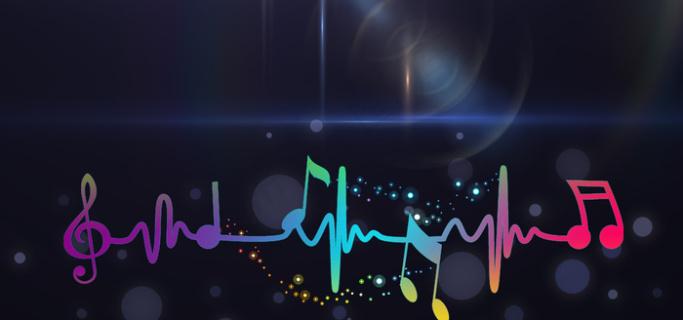光影电视剧纯音乐插曲
Exploring the Interplay of Light and Sound in Music
Light and sound are two fundamental elements of our sensory experience, each capable of evoking profound emotional responses. When combined, they create a multisensory experience that transcends individual perceptions. In the realm of music, the integration of light and sound has been explored to enhance performances, create immersive environments, and engage audiences on a deeper level.
Lighting design is a critical aspect of live music performances, with the power to shape the mood, atmosphere, and narrative of a musical piece. Lighting designers use a variety of techniques, including color, intensity, movement, and texture, to complement the music and convey its emotional nuances.
For example, during a slow, melancholic melody, subtle, warmtoned lighting may envelop the stage, creating a sense of intimacy and introspection. Conversely, during an energetic, upbeat song, dynamic lighting effects, such as rapid color changes and strobe lights, can amplify the music's rhythm and excitement.
Conversely, sound can also influence the perception of light. Psychophysical studies have shown that auditory stimuli can modulate visual perception, a phenomenon known as "crossmodal correspondence." In the context of music, certain sounds may evoke specific visual imagery or colors in the minds of listeners.
For instance, a highpitched violin solo might evoke images of shimmering silver or ethereal blue, while a deep, resonant bassline could be associated with rich, velvety shades of purple or indigo. Lighting designers often leverage these crossmodal correspondences to create synesthetic experiences that align with the auditory and visual components of a musical performance.
By synchronizing light and sound, musicians and visual artists can create immersive experiences that transcend traditional concert settings. From multimedia installations to interactive performances, these collaborations push the boundaries of creativity and blur the lines between artistic disciplines.
For example, in a live music concert accompanied by visual projections, lighting effects can be synchronized with specific musical cues to enhance dramatic moments or highlight key themes. By aligning the timing and intensity of light changes with the ebb and flow of the music, artists can transport audiences on a multisensory journey.
While the integration of light and sound in music offers endless creative possibilities, there are several guiding principles to consider:
- Emotional resonance: Ensure that the visual elements enhance the emotional impact of the music, rather than overshadowing it.
- Technical synchronization: Coordinate the timing and execution of lighting cues with the musical performance to maintain cohesion and immersion.
- Artistic collaboration: Foster open communication and collaboration between musicians, lighting designers, and visual artists to achieve a unified artistic vision.
- Accessibility: Consider the diverse sensory preferences and sensitivities of audience members to create inclusive experiences that resonate with a wide range of listeners.

The interplay of light and sound in music offers a rich tapestry of sensory experiences, where sight and sound converge to evoke profound emotions and transport audiences to new realms of imagination. By embracing the creative potential of multisensory integration, artists can craft immersive performances that resonate deeply with listeners, leaving a lasting impression long after the final note fades into silence.
